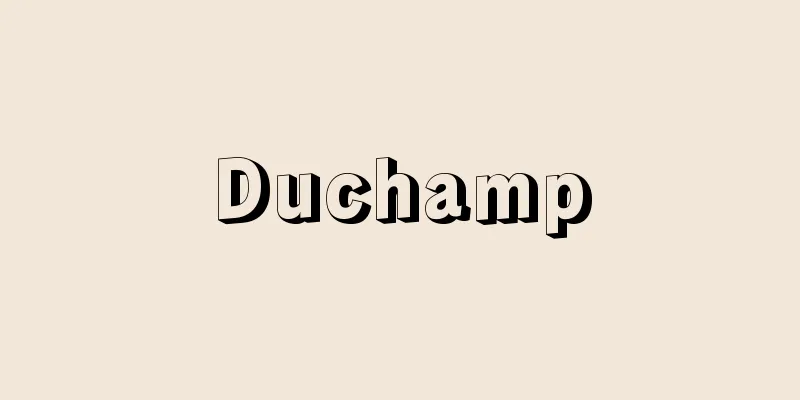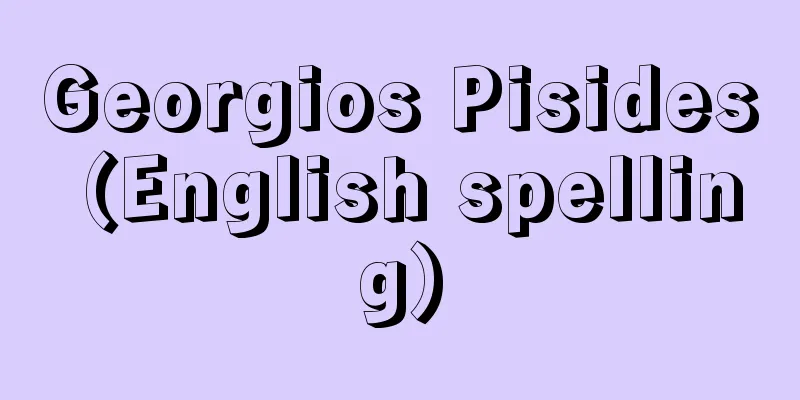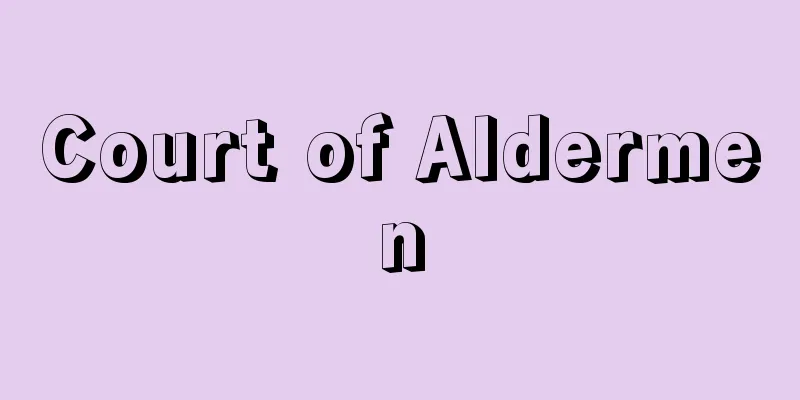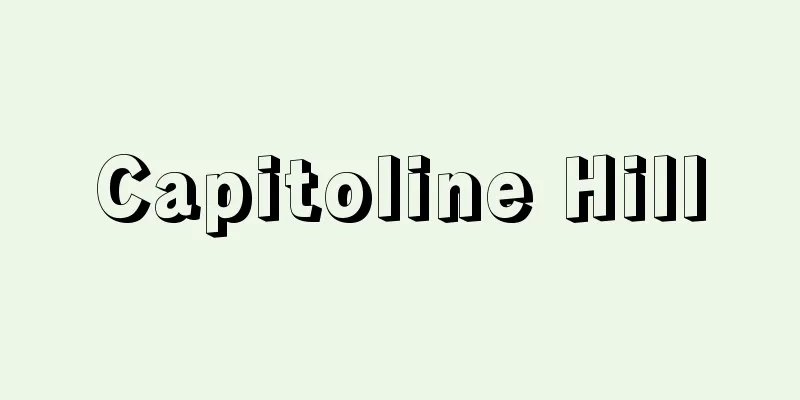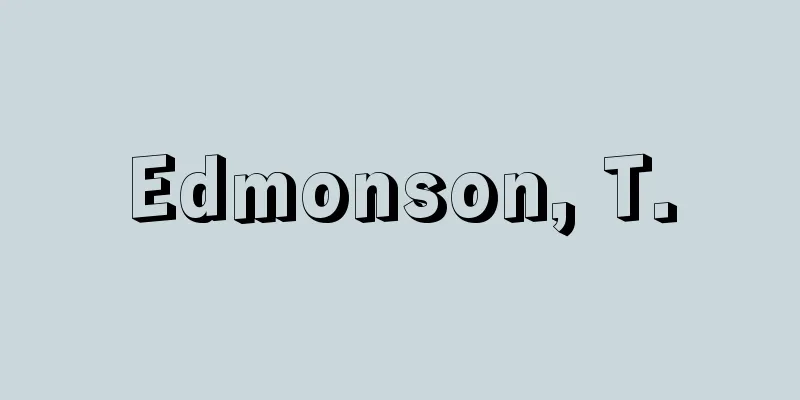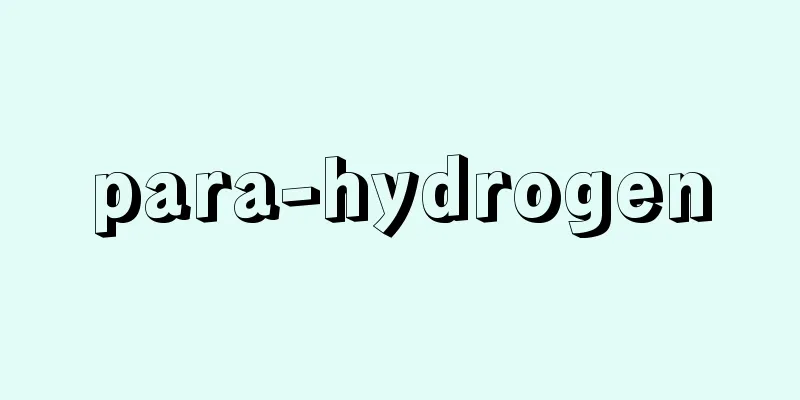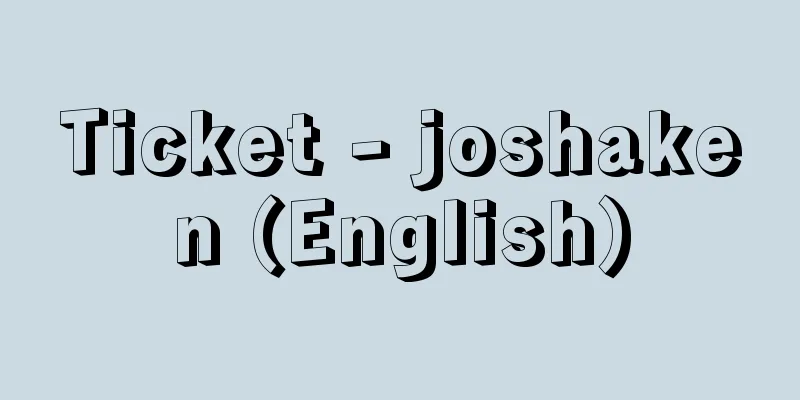Drug price standards - yakkakijun
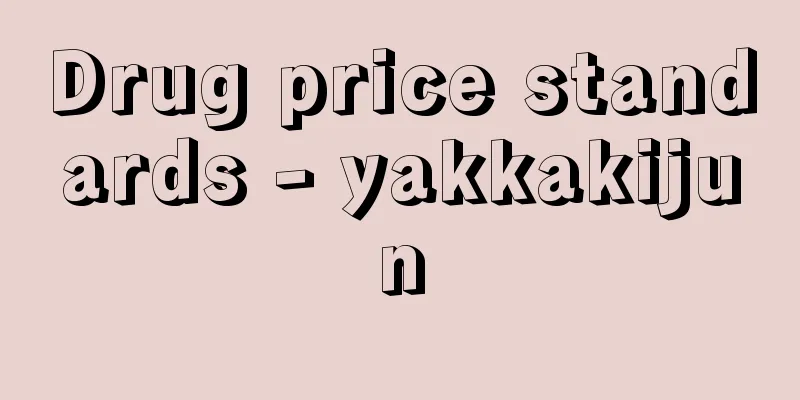
|
These are evaluation standards for medical drugs used in insurance-covered medical treatment at medical institutions, etc. They function as a list of drugs that can be used in insurance-covered medical treatment, and as a price list paid by medical insurance to medical institutions and pharmacies when those drugs are used. They show the specifications, units and prices for each drug item, and are announced by the Minister of Health, Labour and Welfare. As of August 2020 (Reiwa 2), approximately 14,000 items are listed. The drug price standard system started in 1950 (Showa 25) under the jurisdiction of the then Price Agency, and was transferred to the Ministry of Health and Welfare (now the Ministry of Health, Labour and Welfare) in 1953. Drugs can be used if they are approved after undergoing an examination for safety, efficacy, and quality under the Pharmaceuticals and Medical Devices Act (formerly the Pharmaceutical Affairs Act). However, in order to be covered by medical insurance, the price must be calculated by the Drug Price Calculation Organization (composed of experts in medicine, dentistry, pharmacy, and medical economics), a specialized organization of the Central Social Insurance Medical Council (Chuikyo), and reported to the Chuikyo General Assembly for approval and inclusion in the drug price standard. The period from drug approval to drug price listing is generally within 60 days, but at the latest within 90 days, and drug price listing is done four times a year (generic drugs are listed twice a year). In addition, as an exception to the rule, new drugs can be approved and allowed to be used through a simplified procedure, provided that the drug poses serious health damage and has the potential to spread, and emergency measures are required, there is no other suitable method, and the drug is approved for sale and use in a country with an approval system at the same level as Japan. The drug price calculation method in the drug price standard is roughly divided into newly listed drugs and already listed drugs. The price calculation method for newly listed drugs differs depending on whether they have new efficacy or effects, are "original drugs" that have been approved after their efficacy and safety have been confirmed through clinical trials (so-called clinical trials), or are "generic drugs" that have the same ingredients and specifications as original drugs and have been approved as therapeutically equivalent after the patents of the original drugs have expired. For original drugs (new drugs), the "similar efficacy comparison method" is used. This is a method that matches the daily drug price of existing drugs with similar efficacy in order to ensure fair price competition in the market. If the drug is highly novel, a correction premium (5-120%) based on the breakthrough premium, usefulness premium, marketability premium, pediatric premium, and pioneering review designation system premium, or a promotion premium for new drug development and off-label drug elimination (to support the price of truly necessary drugs), is applied, and if the drug is not novel, the lowest price among similar drugs is applied. If there is no similar drug, the price is calculated using the "cost calculation method" (product manufacturing cost plus management and sales expenses, research expenses, operating profit, distribution expenses, consumption tax, etc.). In addition, in both methods, price adjustments are made compared to the average price in other countries (compared to the average price in the United States, the United Kingdom, Germany, and France, and if it exceeds 1.25 times, a downward adjustment is made, and if it is below 0.75 times, an upward adjustment is made) and inter-standard adjustments are made to determine the drug price. For generic drugs, when they are listed on the drug price list for the first time, the price is set at 50% of the original drug price, and when there are more than 10 generic drug brands, the price is set at 40%. However, in the case of biogeneric drugs, the price is set at 70% of the original drug price. If a similar generic drug is already listed on the drug price list, the generic drug will be priced at the same price as the lowest priced generic drug. The calculation of drug prices for listed drugs is carried out as part of the "drug price revision" in the medical fee revision by the Central Social Insurance Medical Council. The drug price paid by the insurer to the medical institution/pharmacy is the official price, but in the pharmaceutical market, like general consumer goods, there is free competition, and prices are freely set between pharmaceutical companies and wholesalers, and between wholesalers and medical institutions/pharmacies. The price sold to medical institutions and pharmacies is lower than the standard drug price received from the medical insurer, and the difference becomes the profit of the medical institution/pharmacy (this is called drug price differential). Drug price revisions are carried out with the aim of lowering drug prices to match the price sold to medical institutions/pharmacies (market price). The calculation formula is the "market price weighted average adjustment range method." This method adds the consumption tax to the weighted average market price found in the "drug price survey" conducted every two years (which surveys the prices and quantities of each drug item by seller and buyer), and multiplies it by the adjustment range (2% of the price before revision, which is considered a necessary expense for stable drug distribution). Looking back at the history of the drug price standard system, when it was first introduced, the "bulk line method" was adopted from the perspective of ensuring a stable supply of pharmaceuticals. This is a method in which the price is determined by arranging the lowest priced drugs in the total purchase amount and setting the price at a certain percentage (for a 90% bulk drug, the amount is equivalent to 90% of the total purchase amount). However, there was a large difference in drug prices due to the discrepancy between the standard drug price and the actual market price, and criticism of using this as a drug price differential profit for medical institutions and the like, as well as criticism of drug costs accounting for nearly 30% of medical expenses. Based on the proposal of the Central Social Insurance Medical Council in 1991, the bulk line method was replaced in 1992 with a method in which a certain percentage of the current drug price (adjustment range) is added to the weighted average of the actual market price. The adjustment range was initially set at 15%, but was gradually reduced, and in 1998 it was set at 5%. At that time, fundamental reform of the health insurance system became a political issue, and a proposal was made to introduce a "reference pricing system" as a new drug price calculation method (a method in which a reference price close to the lowest price is set for a group of drugs with the same efficacy, etc., and this becomes the reimbursement price for insurance. If the drug price exceeds the reference price, this is avoided as the excess costs are borne by the patient, and drug prices converge to the reference price. This is implemented in Germany.) and abolish the drug price standards, but this was opposed by the Japan Medical Association and others and did not come to fruition. Instead, in the drug price revision in fiscal 2000 (Heisei 12), with a view to making drug price calculation more transparent, a drug price calculation organization was established, drug price calculation rules were documented, and the adjustment range was reduced to 2%. These measures significantly improved the problem of drug price differences. In the recent revision of the drug price standard, against the backdrop of the global competition in new drug development, many drugs that are approved and marketed abroad but not approved in Japan have a narrow range of indications (the problem of unapproved drugs in Japan) and the long time it takes for a drug to be approved and listed in Japan after being approved and marketed abroad (the drug lag problem) has been addressed by speeding up the approval review process, and the number of drugs listed in the drug price standard has also increased. In 2005, there were around 30 new drugs listed, but in recent years the number has exceeded 100. In addition, efforts have been made to expand the use of new drugs through the utilization of the uninsured combined medical treatment system. At the same time, efforts are being made to promote the use of generic drugs from the perspective of controlling medical costs. Furthermore, in recent years, new drugs with revolutionary efficacy have been developed, and very expensive medicines have been included in the medical insurance coverage, but the sales amount has far exceeded the expected sales amount at the time of drug price application, raising concerns about the impact on medical insurance and patient burden. In cases where the expected sales amount is greatly exceeded, the "market expansion recalculation" established in 2000 has been applied, but since there have been cases of new drugs in recent years that cannot be handled by this calculation method, the following "special exception for market expansion recalculation" was introduced in the medical fee revision in 2016. In other words, in the case of new drugs based on the cost calculation method, if "annual sales are more than twice the expected sales amount and the annual sales amount exceeds 15 billion yen" or "10 times the expected sales amount and the annual sales amount exceeds 10 billion yen", the market expansion repricing is applied and the sales price is reduced by up to 25%. In contrast, the "special provisions for market expansion repricing" are "if annual sales amount is more than 100 billion yen but less than 150 billion yen and is more than 1.5 times the expected sales amount, the drug price is reduced by up to 25%" or "if annual sales amount is more than 150 billion yen and is more than 1.3 times the expected sales amount, the drug price is reduced by up to 50%". As a result, the prices of the hepatitis C treatment drugs sovosbuvir (brand name "Sovaldi") and ledipasvir (brand name "Harvoni") and similar drugs were significantly reduced in the 2016 revision. Subsequently, this special provision was also applied in cases where the market expanded beyond a certain scale due to the addition of new drug indications or changes in dosage and administration. The Chuikyo is considering various measures to address the gradually increasing proportion of pharmaceutical costs in medical expenses, as well as issues surrounding price adjustments with foreign pharmaceuticals, issues surrounding pricing and protection periods for patented pharmaceuticals, and responses to the promotion of development of groundbreaking new drugs. Regarding drug price revisions, it has been decided to introduce price adjustment rules based on cost-effectiveness evaluations and to "implement drug price revisions every fiscal year" from fiscal year 2021. However, as responding to the novel coronavirus disease (COVID-19) since February 2020 (Reiwa 2) has become an urgent issue, at the Chuikyo general meeting in July 2020, it was decided that a drug price survey would be conducted in 2020, but that drug price revisions for fiscal year 2021 would be reconsidered, taking into account the impact of COVID-19. [Takeshi Tsuchida October 16, 2020] "The Age of Separation of Medical and Pharmaceutical Affairs, Expanded Edition, by Kosaka Fumiko (1997, Keiso Shobo)" ▽ "Drug Distribution Theory, edited by Kataoka Ichiro, Shimaguchi Mitsuteru, and Mimura Yumiko (2003, University of Tokyo Press)" ▽ "The Structure and Commentary of Drug Price Standards, Revised Edition 2018, edited by the Pharmaceutical Affairs and Hygiene Research Group (2018, Yakuji Nipposha)" ▽ "The Economics of Drug Prices, by Oguro Kazumasa and Sugawara Takuma (2018, Nihon Keizai Shimbun)" ▽ "Social Insurance Drug Price Standards, edited and published by Yakuji Nipposha (2019)" ▽ "Insurance Drug Dictionary Plus + Drug Price Standards by Efficacy with Indications and Usage, edited by the Pharmaceutical Industry Research Group, various years' editions (Jiho)" ▽ "Pharmaceutical Affairs Handbook, various years' editions (Jiho)" [Reference items] | | | |Source: Shogakukan Encyclopedia Nipponica About Encyclopedia Nipponica Information | Legend |
|
医療機関等で保険診療に用いられる医療用医薬品の評価基準。保険診療で使用できる医薬品の品目表としての機能と、それらの医薬品を使用したときに医療保険から医療機関や薬局に支払われる価格表としての機能をもっている。医薬品の品目ごとに規格、単位と価格を示したもので、厚生労働大臣が告示する。2020年(令和2)8月の時点で、約1万4000品目を収載。薬価基準制度は1950年(昭和25)に当時の物価庁の所管でスタートし、1953年から厚生省(現、厚生労働省)に移管された。 医薬品は、安全性、有効性、品質について医薬品医療機器等法(旧、薬事法)の審査を受け承認されれば使用できるが、医療保険の適用を受けるためには、中央社会保険医療協議会(中医協)の専門組織である「薬価算定組織」(医学、歯学、薬学、医療経済学の専門家で構成)が価格算定し、それを中医協総会で報告し承認を得て、薬価基準に収載されなければならない。薬事承認から薬価収載までの期間は原則60日以内、遅くとも90日以内とされ、薬価収載は年に4回(後発医薬品の薬価収載は年に2回)行われている。なお、特例承認として、健康被害が甚大で蔓延(まんえん)の可能性があるなど緊急の対応が必要であること、当該医薬品以外に適切な方法がなく、日本と同水準の承認制度を設けている国で販売・使用が認められていることを要件に、新薬を通常よりも簡略化された手続きで承認し、使用を認めることができる。 薬価基準における薬価算定方式は、大きく新規収載医薬品と既収載医薬品に分けられる。新規収載医薬品の価格算定方式は、新しい効能や効果を有し、臨床試験(いわゆる治験)により、その有効性や安全性が確認され、承認された「先発医薬品」と、先発品の特許が切れた後に先発医薬品と成分や規格が同一で、治療学的に同等であると承認された「後発医薬品」によって方式が異なる。 先発医薬品(新薬)については「類似薬効比較方式」が用いられる。これは市場での公正な価格競争を確保する観点から、類似の薬効をもつ既存の医薬品の1日薬価にあわせる方式である。その内容に高い新規性がある場合には、画期性加算、有用性加算、市場性加算、小児加算、先駆け審査指定制度加算による補正加算(5~120%)や、新薬創出・適応外薬解消等促進加算(真に必要な医薬品についての価格の下支えをするもの)が行われ、新規性が乏しい場合には類似薬のうちもっとも低い価格とされる。類似薬がない場合には「原価計算方式」(製品製造原価に管理・販売費、研究費、営業利益、流通経費、消費税等を加えたもの)により算定される。そのうえで、いずれの方式も外国平均価格と比較した価格調整(米英独仏の価格の平均額と比較し、1.25倍を上回る場合は引下げ調整、0.75倍を下回る場合は引上げ調整を行う)と規格間調整が行われ、薬価が定められる。 後発医薬品(ジェネリック医薬品)については、初めて薬価基準に収載される場合は先発医薬品の価格の50%、後発品の銘柄数が10を超える場合は40%とされる。ただし、バイオ後発品の場合は先発品価格の70%とされる。すでに類似の後発医薬品が薬価収載されている場合の後発品は、最低価格の後発品と同価格とされる。 既収載医薬品の薬価算定は、中医協の診療報酬改定における「薬価改定」として行われるものである。保険者から医療機関・薬局に支払われる薬価は公定価格であるが、医薬品の市場では一般の消費財と同じように自由競争が行われており、製薬企業から卸売業者、卸売業者から医療機関・薬局の間では自由に価格設定され、医療機関や薬局に販売される価格は医療保険者から受け取る薬価基準よりも安くなり、その差額が医療機関・薬局の利益となる(これを薬価差益という)。薬価改定は、医療機関・薬局に販売された価格(市場実勢価格)にあわせて薬価を引き下げる目的で行われる。その算定式が「市場実勢価格加重平均値調整幅方式」である。これは2年ごとに行う「薬価調査」(医薬品の品目ごとに販売側と購入側の価格と数量を調査するもの)で把握した市場実勢価格の加重平均値に消費税分を加え、それに調整幅(改定前価格の2%。薬剤の流通安定に必要な費用とされている)を乗じるという方式である。 薬価基準制度の沿革を少し振り返ってみると、薬価基準制度が導入された当初は、医薬品の安定確保という観点から「バルクライン方式」が採用された。これは総購入量のうち価格の低いほうから並べて一定割合(90%バルクであれば総購入量の90%に相当する量)に対応する価格を薬価とする方式である。しかし、基準薬価と実勢価格との乖離(かいり)による薬価差が大きく、それを医療機関等の薬価差益とすることへの批判や、医療費に占める薬剤費比率が30%近くを占めることへの批判が強まり、1991年(平成3)の中医協建議に基づき、1992年にバルクライン方式にかわって、実勢価格の加重平均値に現行薬価の一定割合(調整幅)を加算するという方式に改められた。調整幅は当初15%とされたが、しだいに縮小され、1998年には5%となった。そのころ、医療保険制度の抜本改革が政治課題となり、新たな薬価算定方式として「参照価格制」(薬効等が同一の医薬品グループについて最低価格に近い参照価格を設定し、それを保険償還価格とする方式。薬価が参照価格を上回る場合、上回る費用は患者負担となるため忌避され、薬価は参照価格に収斂(しゅうれん)していく。ドイツで実施されている)を導入し、薬価基準を廃止するという案が取り上げられたが、日本医師会などの反対で実現には至らなかった。それにかわって2000年度(平成12)の薬価改定では、薬価算定の透明化を図る観点から、薬価算定組織が設置され、薬価算定ルールが文書化され、調整幅は2%に縮小された。これらの対策により薬価差をめぐる問題は大幅に改善された。 最近の薬価基準の改定では、世界的な新薬開発競争を背景に、外国で承認・上市されているのに日本では承認されていない薬剤が多く適応範囲が狭いものが多いこと(国内未承認薬問題)や、外国で承認・上市されてから日本で承認・保険収載されるまでの時間が長いこと(ドラッグ・ラグ問題)に対して、承認審査の迅速化が図られており、薬価基準に収載される件数も増加している。2005年には新薬収載件数が30品目程度であったが、近年は100品目を上回っている。また、保険外併用療養制度の活用等を通じて新薬の使用拡大が図られてきた。その一方では、医療費抑制の観点から後発医薬品の使用促進が図られている。 さらに近年、画期的な効能を有する新薬が開発され、非常に高額な医薬品が保険収載されてきているが、その販売額が薬価申請時における予想販売額を大幅に超え、医療保険や患者負担に与える影響が懸念される状況が現れてきた。予想販売額を大きく超える状況については、2000年に設けられた「市場拡大再算定」を適用することとしてきたが、近年の新薬のなかにはその算定方式では対応できないケースが現れてきたため、2016年度の診療報酬改定で、以下のような「市場拡大再算定の特例」が導入された。 すなわち、「市場拡大再算定」は、原価計算方式による新薬の場合、「年間販売額が予想販売額の2倍以上かつ年間販売額が150億円超」または「予想販売額の10倍以上かつ年間販売額が100億円超」の場合、市場拡大再算定の対象となり、販売価格を最大25%引き下げるというものである。これに対して「市場拡大再算定の特例」は、「年間販売額が1000億円超1500億円以下かつ販売予想額の1.5倍以上の場合は薬価を最大25%引下げ」または「年間販売額が1500億円超かつ販売予想額の1.3倍以上の場合は薬価を最大50%引下げ」とした。これにより、2016年度改定で、C型肝炎治療薬のソホスブビル(商品名「ソバルディ」)とレジパスビル(商品名「ハーボニー」)およびその類似薬の価格が大幅に引き下げられた。その後、この特例は、医薬品の効能追加や用法用量の変化に伴う一定規模以上の市場拡大がなされた場合などにも適用された。 中医協では、医療費に占める薬剤費比率が徐々に上昇する傾向にあり、さらに外国薬剤との価格調整をめぐる問題、特許薬剤の価格設定と保護期間をめぐる問題、画期的新薬の開発促進への対応など多くの課題に対して、さまざまな対応策が検討されている。薬価改定についても、費用対効果評価に基づく価格調整ルールを導入し、2021年度から「毎年度薬価改定の実施」を行うこととした。しかし、2020年(令和2)2月からの新型コロナウイルス感染症(COVID(コビッド)-19)への対応が緊急の課題となるのに伴い、2020年7月の中医協総会で、2020年に薬価調査は実施するが、2021年度の薬価改定については新型コロナウイルス感染症の影響も踏まえて改めて検討することとした。 [土田武史 2020年10月16日] 『小坂富美子著『医薬分業の時代』増補版(1997・勁草書房)』▽『片岡一郎・嶋口充輝・三村優美子編『医薬品流通論』(2003・東京大学出版会)』▽『薬事衛生研究会編『薬価基準のしくみと解説・改訂版2018』(2018・薬事日報社)』▽『小黒一正・菅原琢磨著『薬価の経済学』(2018・日本経済新聞社)』▽『薬事日報社編・刊『社会保険薬価基準』(2019)』▽『薬業研究会編『保険薬事典Plus+ 適応・用法付 薬効別薬価基準』各年版(じほう)』▽『『薬事ハンドブック』各年版(じほう)』 [参照項目] | | | |出典 小学館 日本大百科全書(ニッポニカ)日本大百科全書(ニッポニカ)について 情報 | 凡例 |
<<: Hoopoe (English spelling) - hoopoe
>>: Yatsuka [village] - Yatsuka
Recommend
Worpswede (English spelling)
A village in Lower Saxony, northern Germany, locat...
Upolu [island] - Upolu
The main island of Samoa, along with Savai'i. ...
United Nations Conference on the Law of the Sea
In 1967, Arvid Pardo, the Maltese ambassador to t...
Magistrate of a distant country - Ongokubugyo
A general term for the magistrates stationed in k...
incident process
... The second period was from then until around ...
Tobacco Tax - Tobacco Tax
The consumption tax is a tax on tobacco products ...
RCA Building
… [The era of the international style] In this en...
Web - World Wide Web
A client-server system that structures information...
cornet
…Today, the modern brass instrument known as the ...
Hiroshi Okumura
1889-1964 A Western-style painter from the Taisho...
sieve bend
...The arc-shaped screen (Figure 2), which uses a...
Orb spider - Orb spider
It is a terrestrial animal belonging to the Arthr...
Johann Bernhard Fischer von Erlach
1656‐1723 Austrian Baroque architect. Born in Graz...
Replica - Replica (English spelling)
The word originates from the Italian word meaning...
Slawen Kongress (English spelling)
The first Slavic national assembly was held in Pr...
